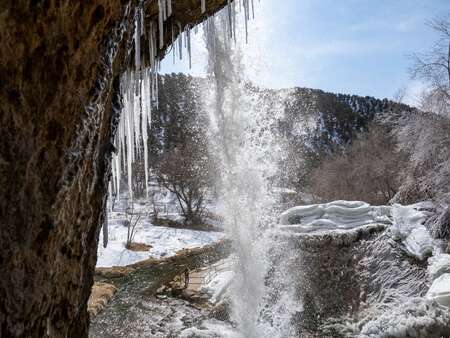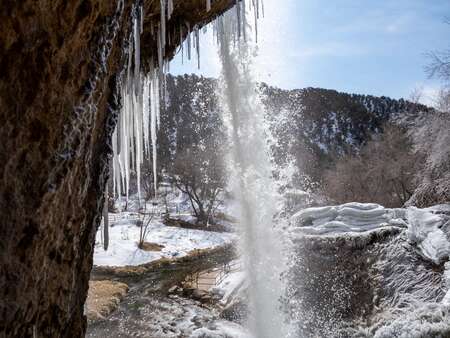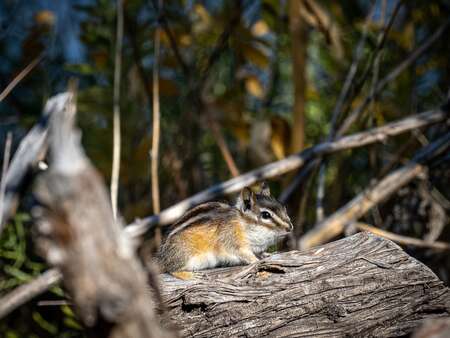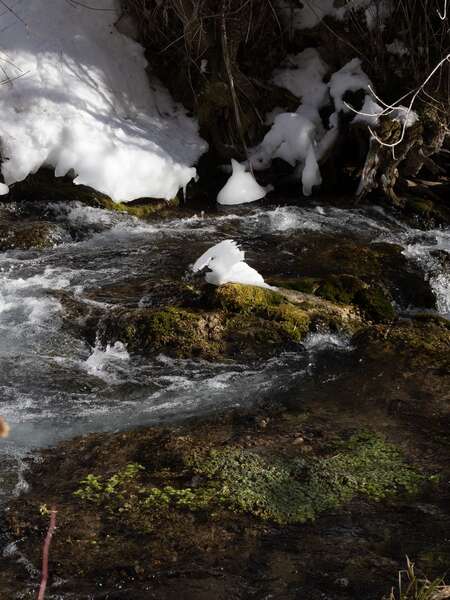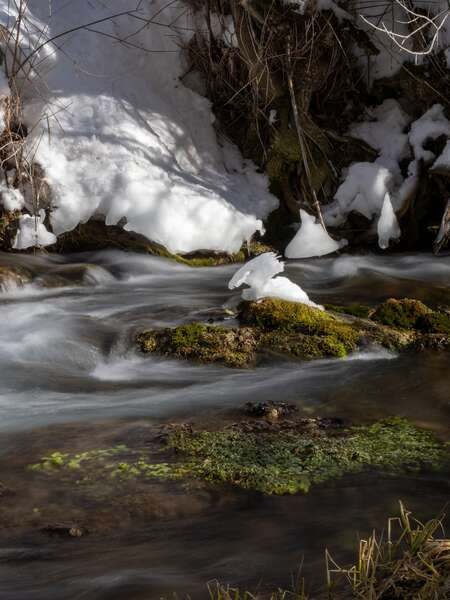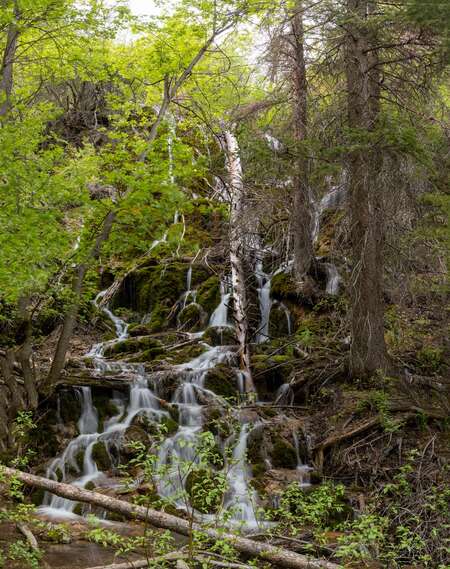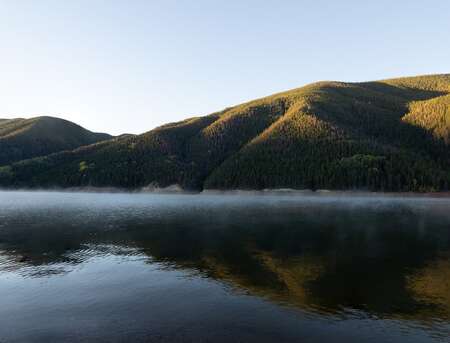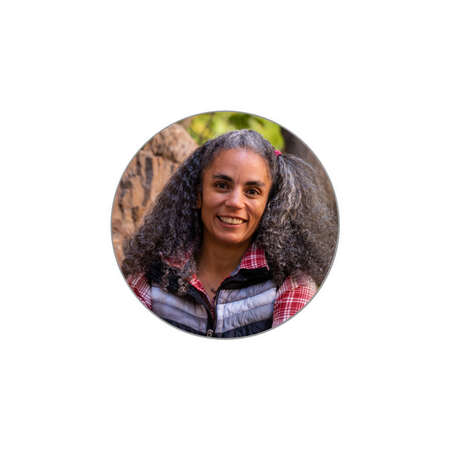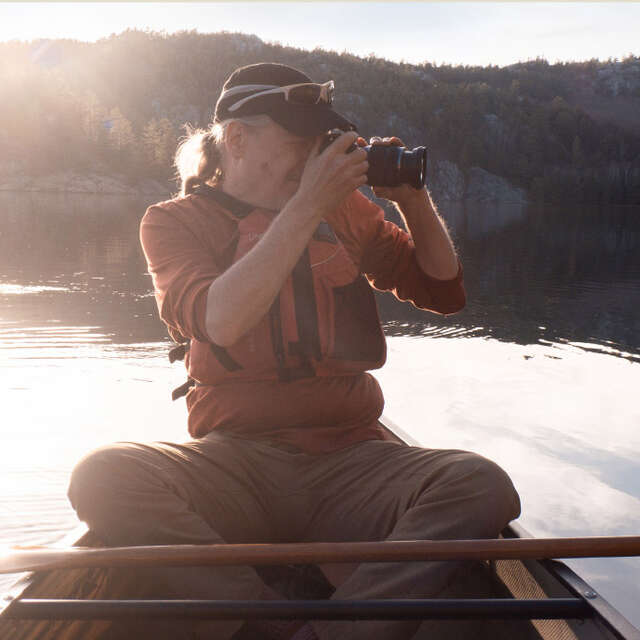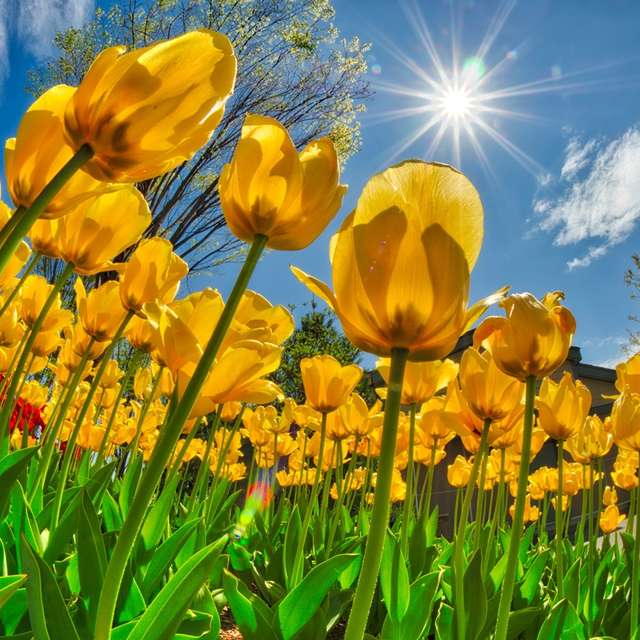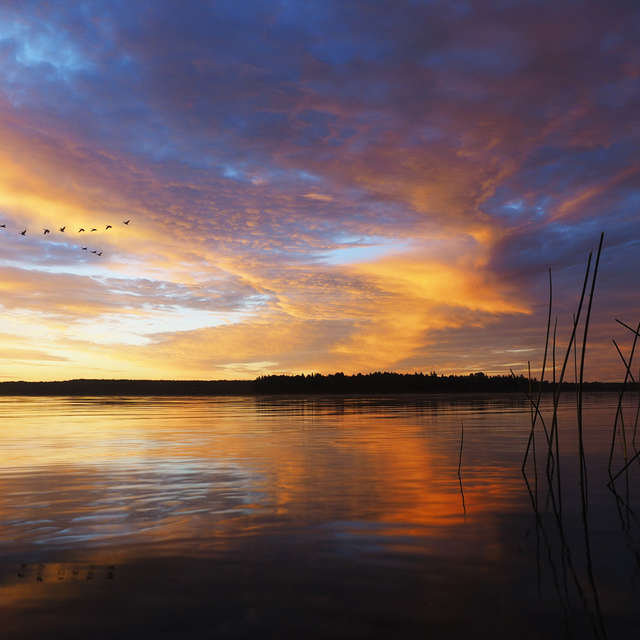This is the season known with equal parts hope and despair as mud season here in Colorado. Spring brings melting snow, questionable weather, and mud, everywhere mud. Eventually we will have flowers and sunshine, but for now we must content ourselves with the slowly increasing hours of sunshine and the first hints of green.
While the weather is still sorting itself out is a perfect time to learn something new about the OM SYSTEM cameras that will serve you well when Spring comes your way. One of my favorite parts of OM SYSTEM cameras are the various computational features available, such as High Res, HDR, Focus Bracketing and Stacking, and the in-camera ND filter.
My favorite setting for high quality landscape photography is the handheld High Res mode. The camera compiles 16 images into a single RAW file at about 50 MP (80 MP in tripod mode). The final image is a larger file with much finer detail that will allow you to print larger, or crop tighter if you prefer. There is an added benefit of the equivalent of 2 stops of ISO reduction, which results in a final image with significantly less noise.
There are a few instances when High Res mode is less useful or desirable. You would want to avoid it if you are shooting moving objects, i.e. wildlife, although as you’ll see in the next photos it is possible to use the handheld High Res mode with some nice effect with moving water. I have heard it’s possible to take images of a sleeping or very still animal, but I have yet to find such an obligingly motionless subject. So why I don’t just always use High Res mode when shooting landscapes? Two reasons, one good, one less good. Remember how I mentioned the file size was 3 50 MP for a handheld image and up to 80 for a tripod image? My “less good” reason is that I just don’t feel that I need so many 50 MP and higher images. The “good” reason is that the image takes up to 15 seconds to process after taking the photo, and I am sometimes in conditions that I would need a faster turnaround time. If I want to take a lot of images in rapid succession, this is not the setting for that.
In both of these photographs from under a waterfall you will note that you see some definition in the falling water and what is more impressive is the good detail from the dark overhang to the bright, sunlit background. This is one of the benefits of the in-camera computation of multiple exposures. The ability to get good detail in the dark rock, and yet not “blow out” the water or the brightly lit background is truly an exciting feature!
High Res takes 16 shots of the same settings while moving the sensor slightly (or using the slight movement of your hand to do the work) between each shot. HDR takes a different approach. HDR1 setting takes four pictures at once at different pictures at once at different exposures and composites them into a super-high contrast image. There are also options to take three, five, or seven shots with a 2.0 EV difference and composite them into a single high contrast image. Whichever HDR setting you use, the composite image is produced immediately, which obviously is much faster than the High Res composite image. This cute little chipmunk friend did hold still enough for me to use HDR, and I love the fine detail in both the highlights and shadows.
Let’s take a look at another fun feature of the OM cameras; in-camera ND filter. I use this feature frequently for waterfalls and moving water. ND filter mode allows significantly slower shutter speeds, even in bright daylight, without an external filter to use. There are settings available for full EV stops from 1 to 5, equivalent to ND filters from an ND2 to an ND32. I can assure you, it is lovely not to have to carry a full array of ND filters and to still have the benefits of the filter effect whenever I want.
When using the ND filter under bright conditions, I sometimes will use a very narrow aperture (f20 in the example above) to allow for a slower shutter speed. Here is a panoramic (merged in computer) photo of a waterfall, again utilizing the ND filter to smooth the water. You can see why it’s one of my favorite effects for moving water.
Similarly useful with both macro and wide-angle landscapes, Focus Bracketing is probably the tool I use the most often in my photographic work. Focus Bracketing in the E-M1MarkIII takes anywhere from 3 to 15 shots with varying focal lengths. Paired with Focus Stacking the camera will produce the number of shots plus a final JPG stacked in-camera. As a personal preference, I usually stack my own shots using acceptable. I use the in-camera stacked image to verify that I have the shot that I want before moving on to another subject.
So I really hope that this overview of some of my favorite in-camera computational modes will help you find a new favorite, or at least get out there this Spring and try something different! Let us know what you try, and show us the results!
Featured Products:
WATCH & LEARN MORE
Want to learn more about how to use Live ND? Want to understand focus stacking for landscapes? Interested in High Res mode? Check out the recording of our “Ask Me Anything” session with technical experts Clare Harvey-May, Mike Amico, Aaron Harivel, and Przemyslaw Jakubczyk.
Instagram: @ngwildernessphotography
Natalie is a Colorado-based environmental photographer, with interests in landscape and adventure photography and particularly in promoting diversity and representation in the outdoors. When she’s not outside having adventures and taking photographs, she’s a full time registered nurse and the mom of four boys. (No, she doesn’t wear a cape.)

